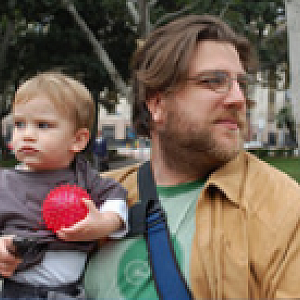
Damien Newton
Transportation

Transportation
Damien Newton is the editor of Los Angeles Streetsblog, a joint project of the Southern California Streets Initiative and OpenPlans. Over the last three years, he's written over 1,500 unique stories about the quest for a clean and green transportation system in Southern California

<p>At the first meeting of my fellow fellows, we were asked a simple question, "do you consider yourself a journalist?" My answer at the time was, "no." My answer today would be different.</p>
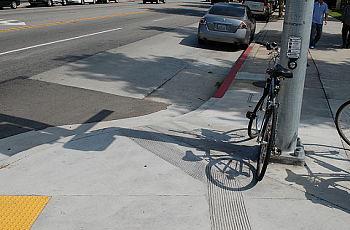
<p>Glendale was actually a somewhat controversial selection when the PLACE grants were first announced. Yet, the Greenway demonstrates not just a commitment to creating livable streets where people can walk and bike where they’re going or just be outside without being harassed by traffic, but als
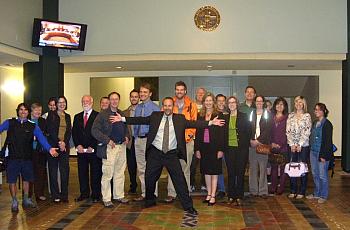
<p>There’s always a risk when an advocate is hired by a government agency. Will the advocate “go native” and be an ineffective agent of change? Will the advocate ever be able to shake his reputation of being “just” an advocate?</p>
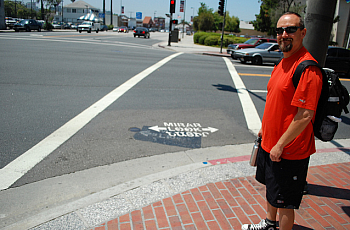
<p>By its own admission, Glendale was in desperate need for a new approach to transportation planning. The unintended consequences of a transportation network that emphasized moving cars can be seen in the statistics.</p><p>Part 1: Glendale Invests in Safe and Healthy Streets for a Safe and Healt
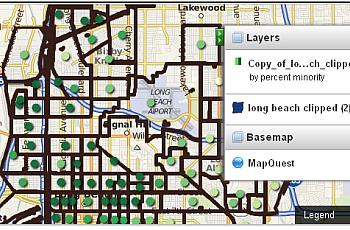
<p>During the past three years, Long Beach has shown a commitment to pushing the envelope when it comes to promoting clean and green transportation options. But has the city lived up to its agreement with the L.A. County Public Health Department?</p>
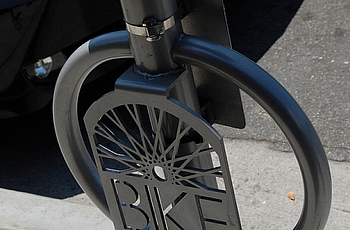
<p>In the past few years, Long Beach, Calif. has undergone changes to reduce traffic, increase pedestrian safety and promote bicycle use among residents. Damien Newton continues a series on the city's efforts to transform itself into a more livable community.</p>

<p>Bicycle advocates from Copenhagen to Bogota to Northeast Los Angeles have all made the case that what's good for bicycles is good for business. Nowhere in America is that statement being put to the test more than in Long Beach.</p>
<p>A preview of Streetsblog coverage of Long Beach and its initiatives to improve transportation and livability for its residents.</p>
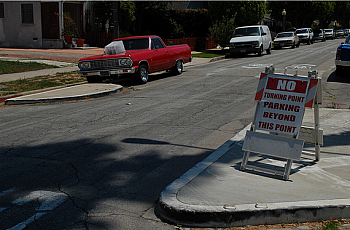
<p>Following the decline of the studios in the 1960's and 1970's, Culver City had to reinvent itself. Today, nearly 40,000 people call Culver City home, and it's widely thought of as a safe place to live and a good place to raise children.</p>
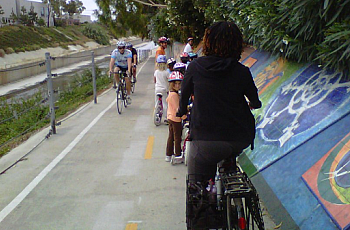
<p>As part of their PLACE Grant, Culver City had to hold a series of public workshops to bring the public in to their transportation planning. The goal was to produce a popular Bicycle and Pedestrian Initiative, but in Culver City the process also produced a new group of bicycle activists.</p>